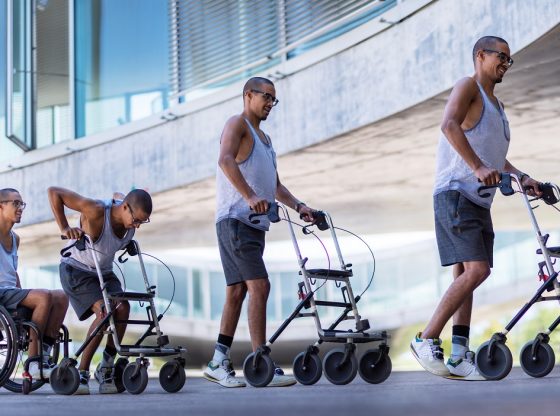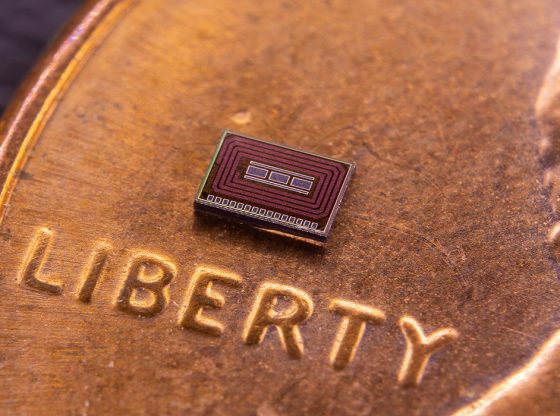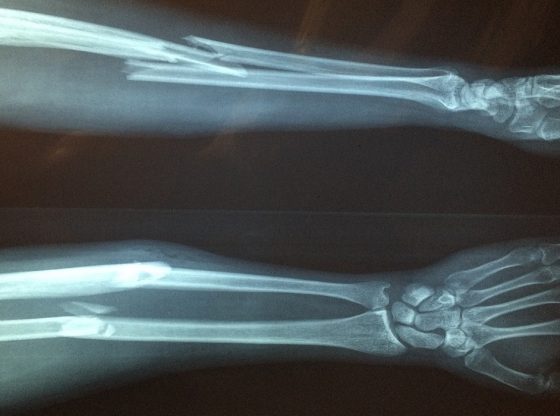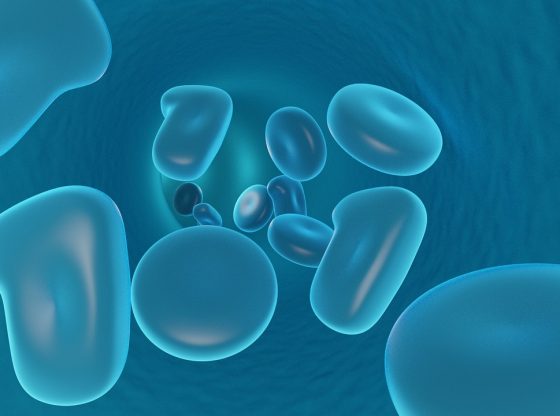For the first time, a robot has performed an operation so precariously difficult that most surgeons would probably admit themselves defeated.
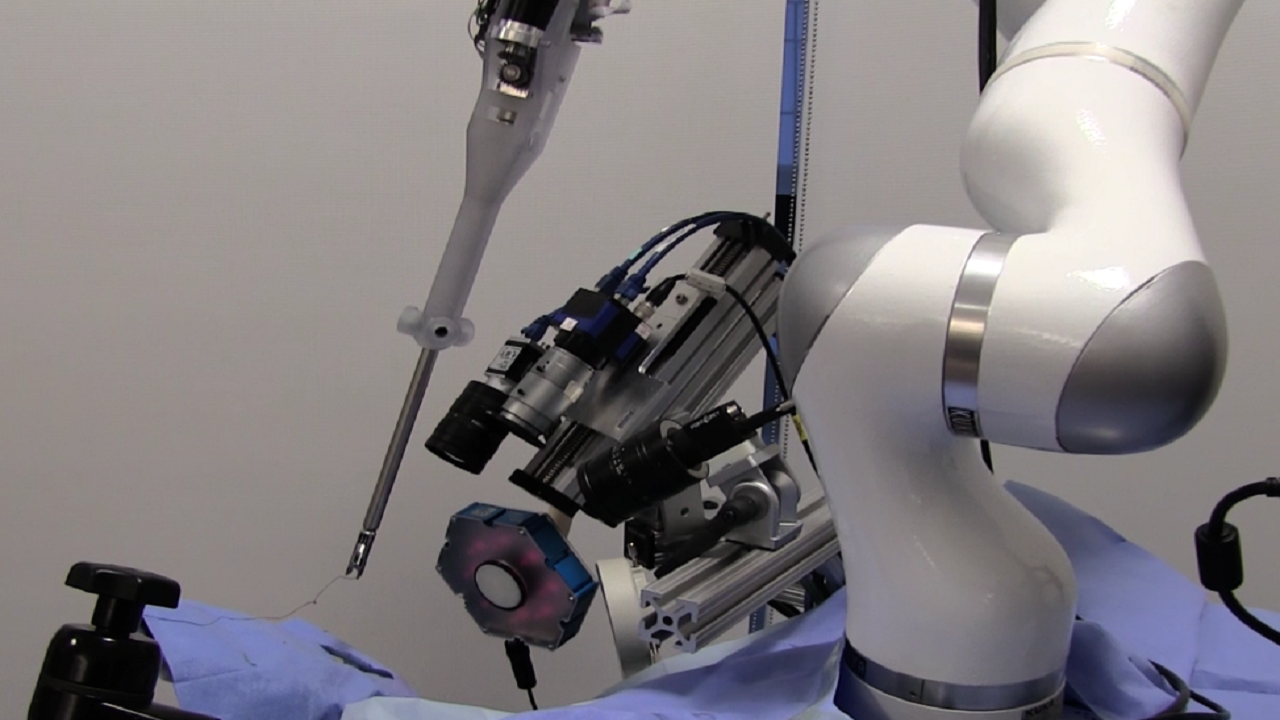
Robotic surgeons are here to stay, they can perform operations more precise, faster and significantly more painless compared to their human counterparts.
We are used to thinking of human dexterity as second to none, however, human patience is a limited resource, and even the best surgeons are sometimes faced with their limits. A robot, however, doesn’t tire and can theoretically cut and suture in places the human hand can’t ever reach.
With its efficient mechanical movements, the robot threads a needle and thread through the cervical tissue. The robot, called STAR (Smart Tissue Autonomous Robot), is the first ever to perform this type of very difficult type of sewing on two intestines – something only human surgeons have done so far.
STAR is joined by human researchers from Johns Hopkins University in the U.S. and they are in full swing to move the technological frontline for robot surgery a great deal into the future.
A new study published in Science describes the progress of a team that includes computer scientists, robotic engineers, and medical professionals at the Johns Hopkins University – developing STAR to performing sewing surgery ex vivo tissue in the lab, as well as on in vivo tissue in an anesthetized pig.
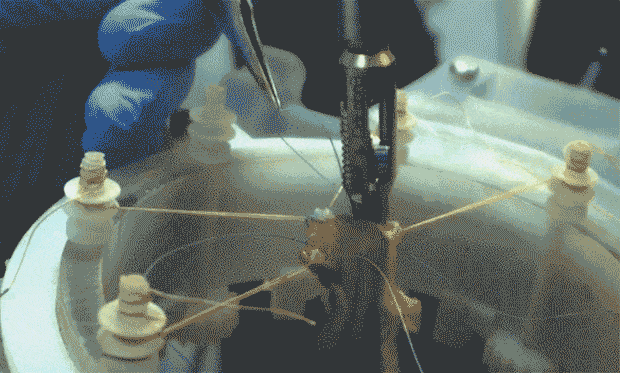
In 40 percent of the trials, STAR was assisted by a human, like pulling a loose thread and such. In 60 percent of the trials, STAR was fully autonomous.
Robot surgeons may enter the operating rooms all over the world and take over the surgeons’ within a few years already.
Sewing is far from the only medical discipline that the robots will surpass humans in doing. Robots with extremely accurate vision and precise motor skills can, for example, be able to perform complicated eye surgery.
Artificial intelligence such as IBM’s Watson can already diagnose cancer patients significantly faster than the doctor can. An accurate diagnosis will soon be possible in a few minutes instead of taking several days or months.
Reference:
Azad Shademan et al. Supervised autonomous robotic soft tissue surgery DOI: 10.1126/scitranslmed.aad9398



